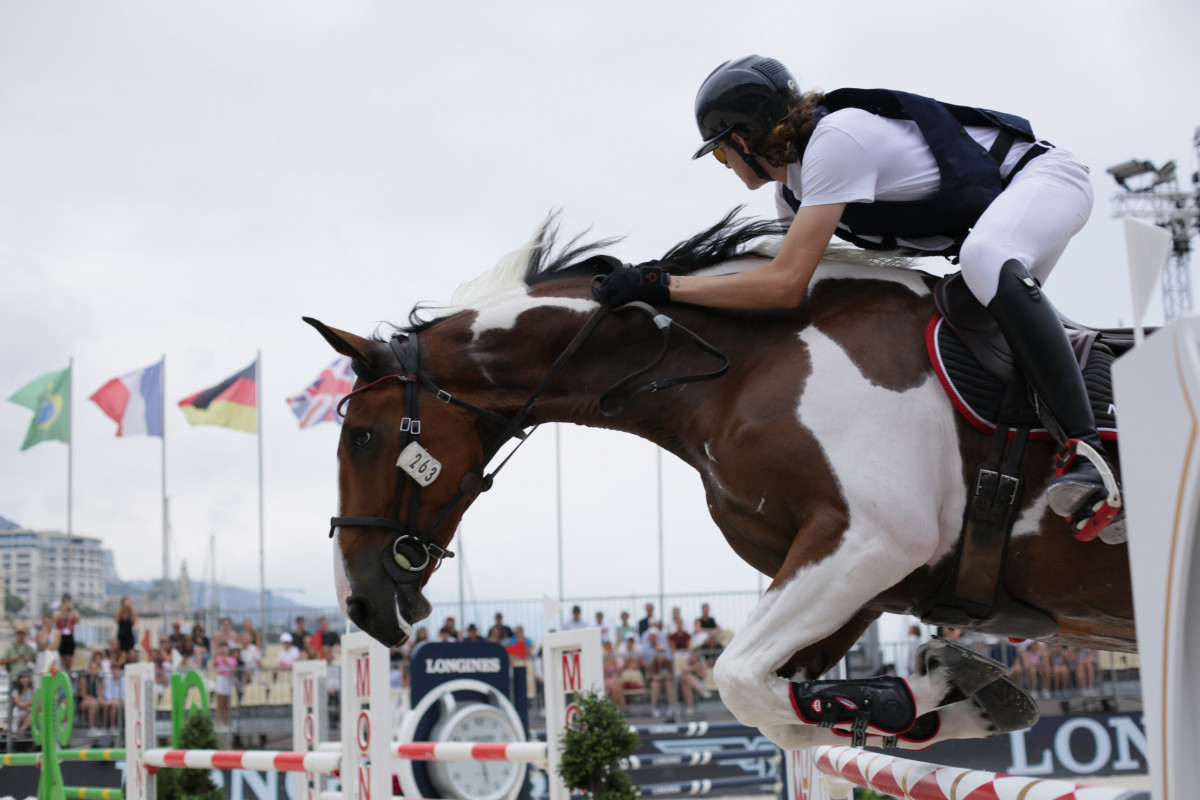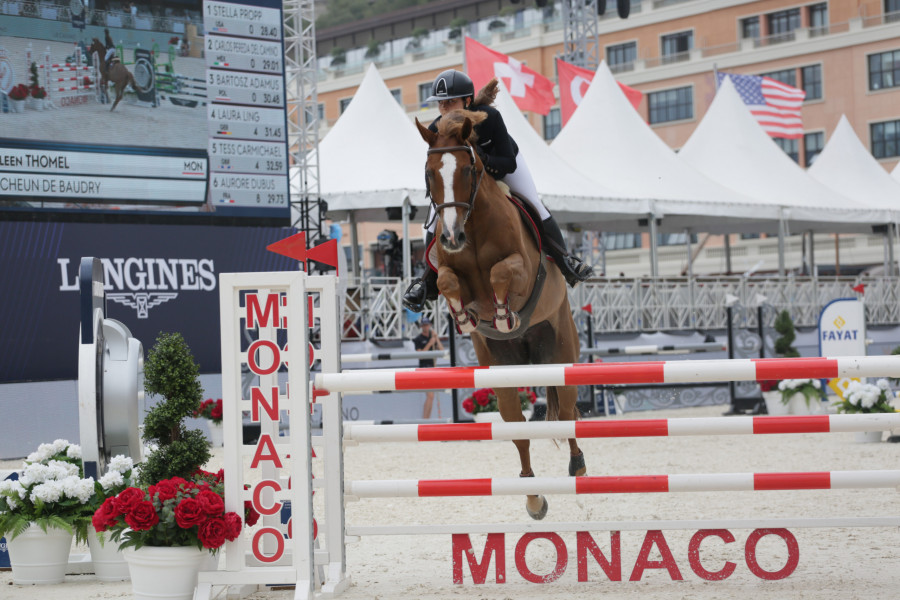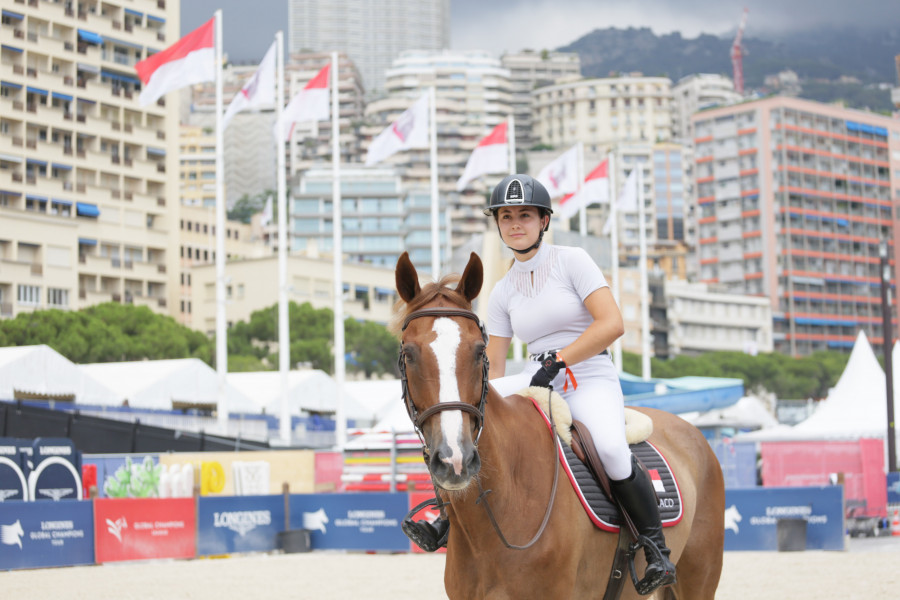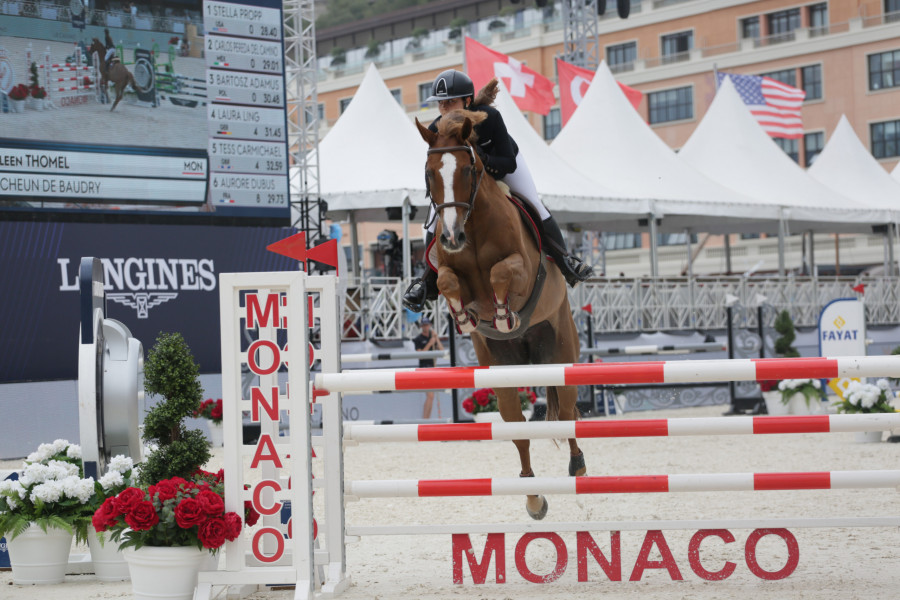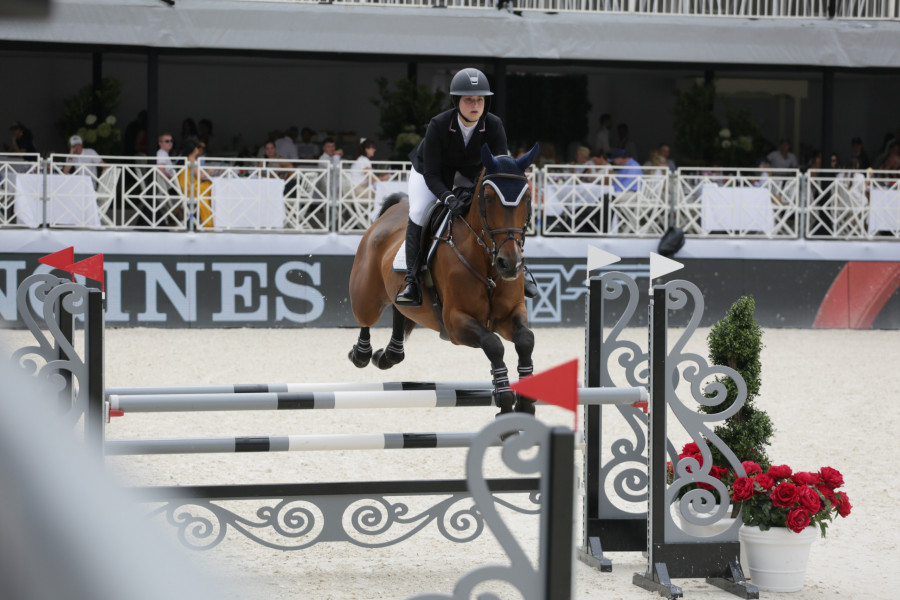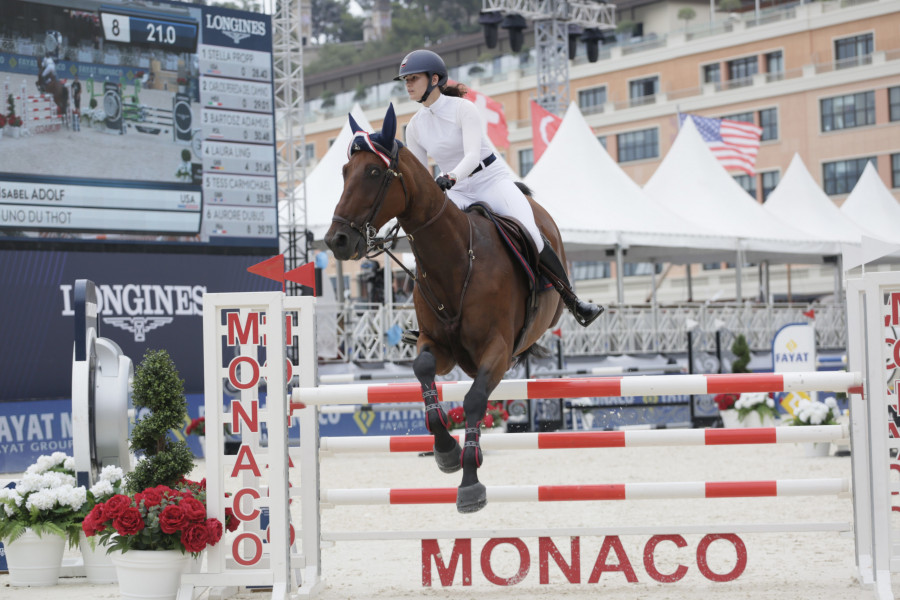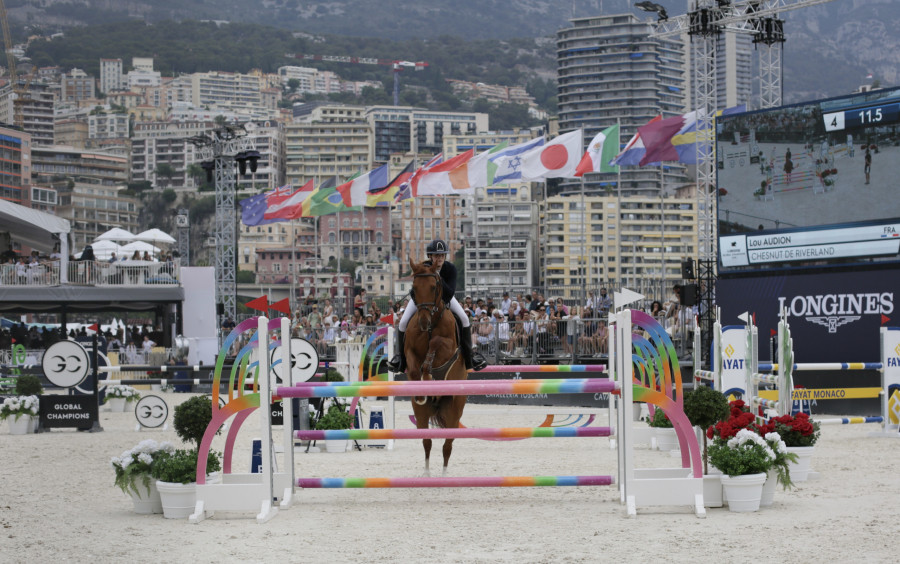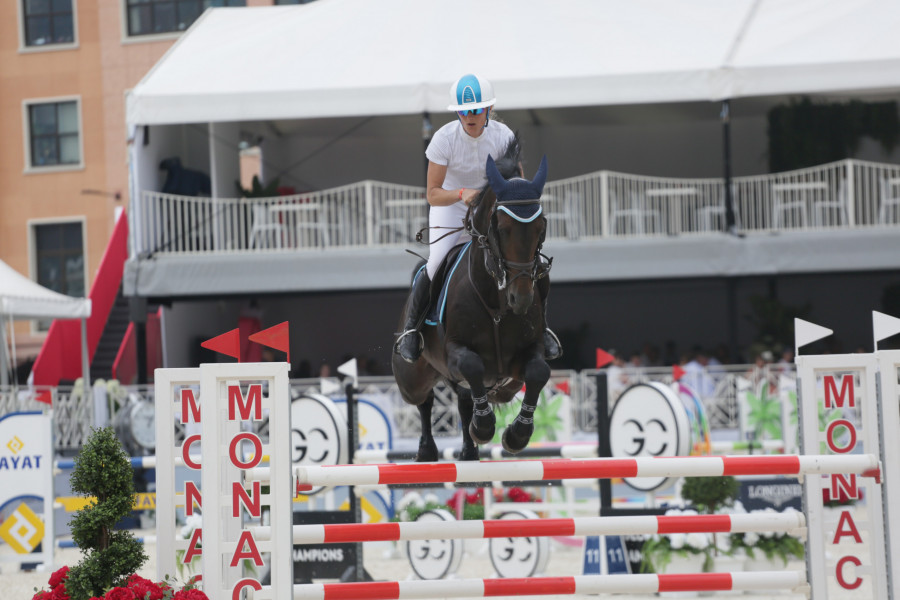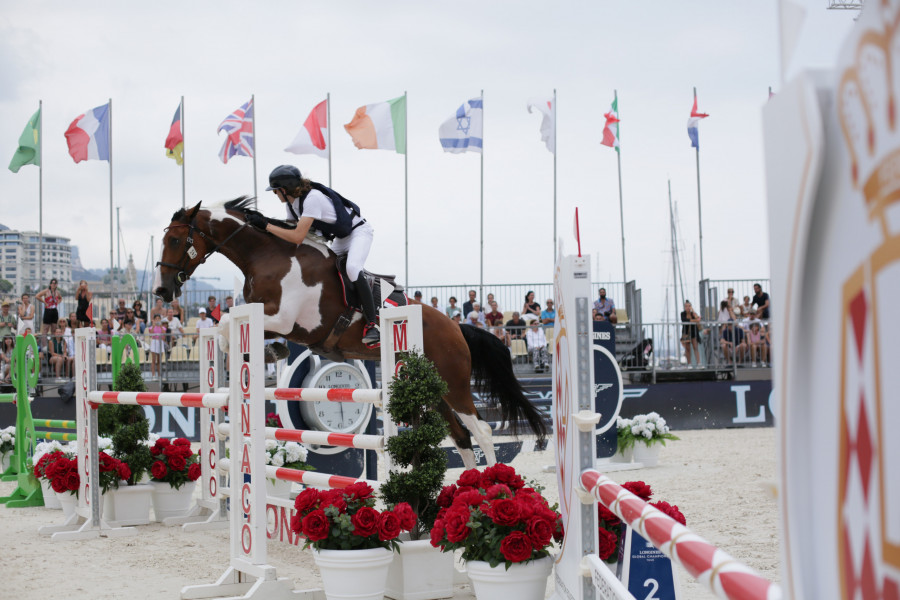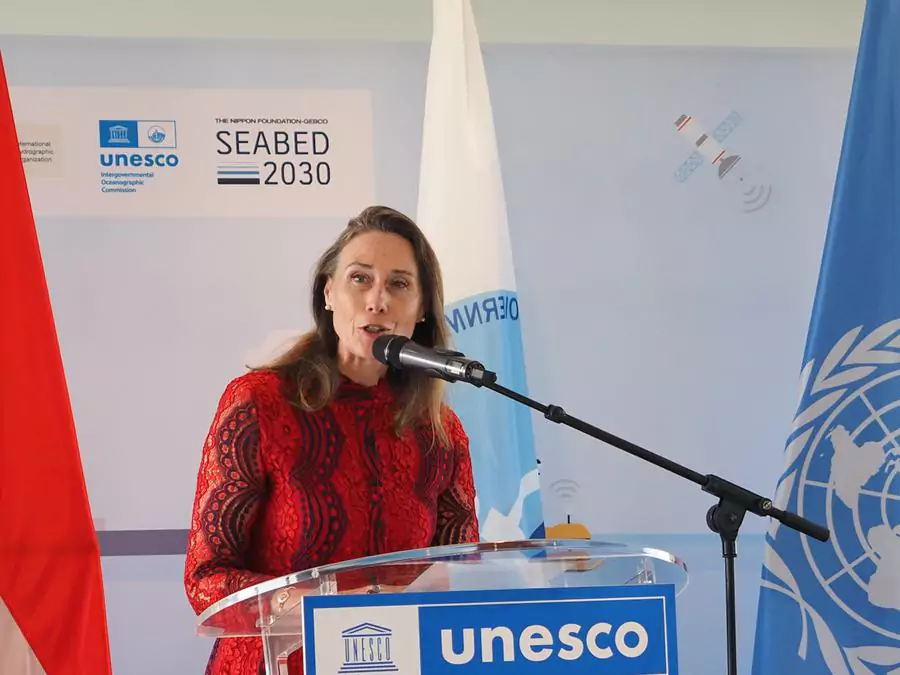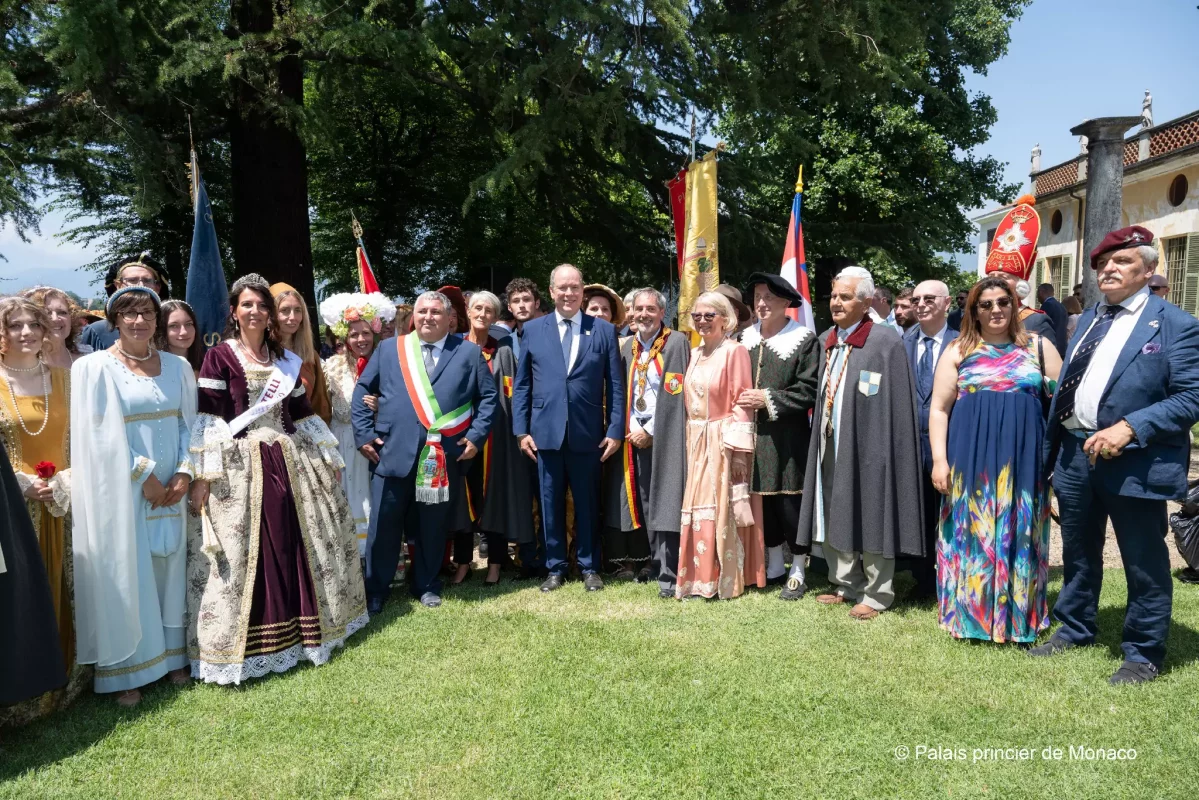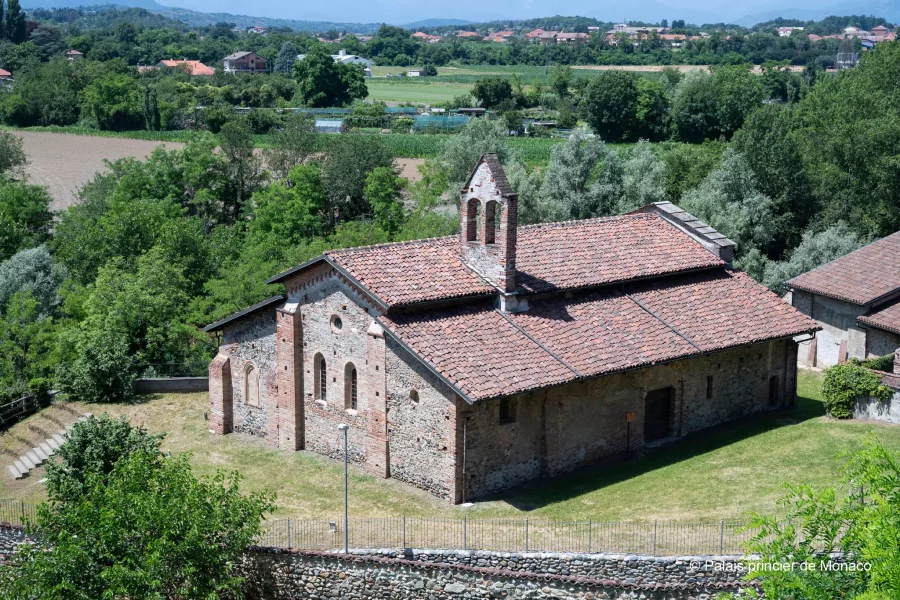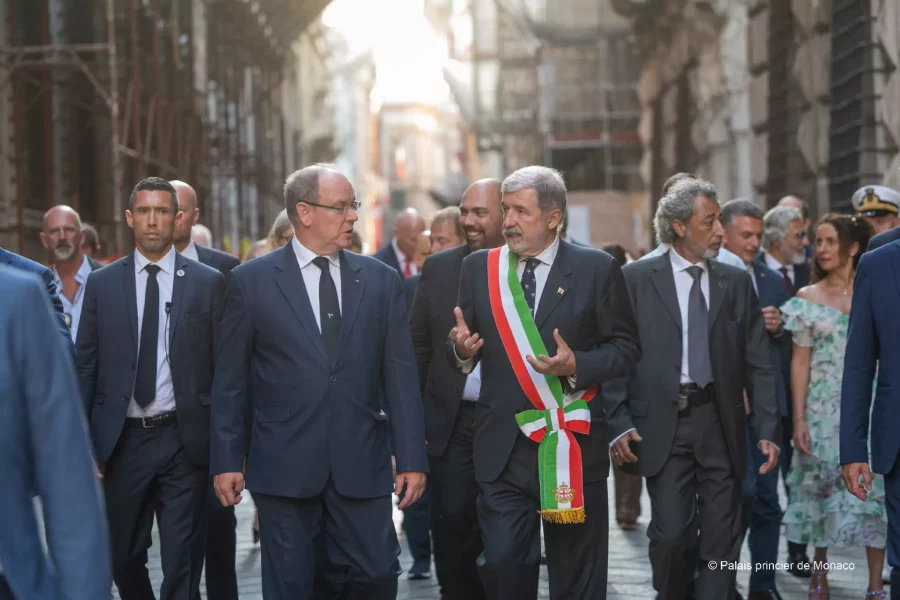The European Commission has set forth two proposals regarding the use of currency, with one being the possibility of a new digital form of the euro as a complement to cash.
The European Commission (EC) has proposed two new ideas concerning the use of banknotes in the bloc.
Though 60% of people surveyed still want the option to pay with cash when they choose, the reality is that increasingly the public is paying via digital means, either with cards or via apps. This trend, certainly bolstered by the pandemic, seems to be the way of the future, and as such, the EC has come up with two “mutually supportive sets of measures” so that people have both cash and digital payment options open to them.
ACCESS AND ABILITY TO USE CASH
The EC is focusing on acceptance and access when it comes to the use of cash in the eurozone. Acceptance of banknotes and coins is high throughout, but there are some establishments who have decided to go completely digital, thus preventing certain people access to goods and services. Additionally, the closure of several automatic teller machines has made access to cash increasingly difficult for some.
To remedy these issues, the EC is suggesting the need to ensure cash is accepted everywhere and will monitor the situation to address the problem. It will reserve the right to step in if necessary to create a cash-friendly environment for all, notably for the elderly, who tend to prefer this method over cards or apps.
A DIGITAL EURO?
The European Central Bank is looking into the possibility of introducing a digital euro. Following in the footsteps of several other central banks worldwide, this would give consumers an alternative EU-wide payment structure, building on today’s current options.
The thought is that in addition to giving people more ways to pay, it would also strengthen the euro’s international role.
The digital euro could be used like any other currency, working like a digital wallet where businesses and individuals could pay using this system anywhere in the EU. It would also be available for both online and offline payments, such as transactions made from device-to-device in an area without a solid internet connection, like in underground car parks or remote areas.
The offline payments would enjoy a high level of privacy and data protection, like with online options.
According to a report from the EC, “[This form of currency] would allow users to make digital payments while disclosing less personal data than they do today when making card payments, just like when paying with cash, and the same as what they disclose when they take cash out of an ATM.”
Banks and other payment service providers would distribute this digital version and basic services relating to it free of charge. Most merchants, with the exception of certain micro-businesses who would find setting up a new infrastructure cost prohibitive, would be obliged to accept it as legal tender.
Sign up for the Monaco Life newsletter. For the latest news, follow us on Facebook, Twitter, Instagram and LinkedIn.
Photo source: Rodion Kutsaiev for Unsplash

